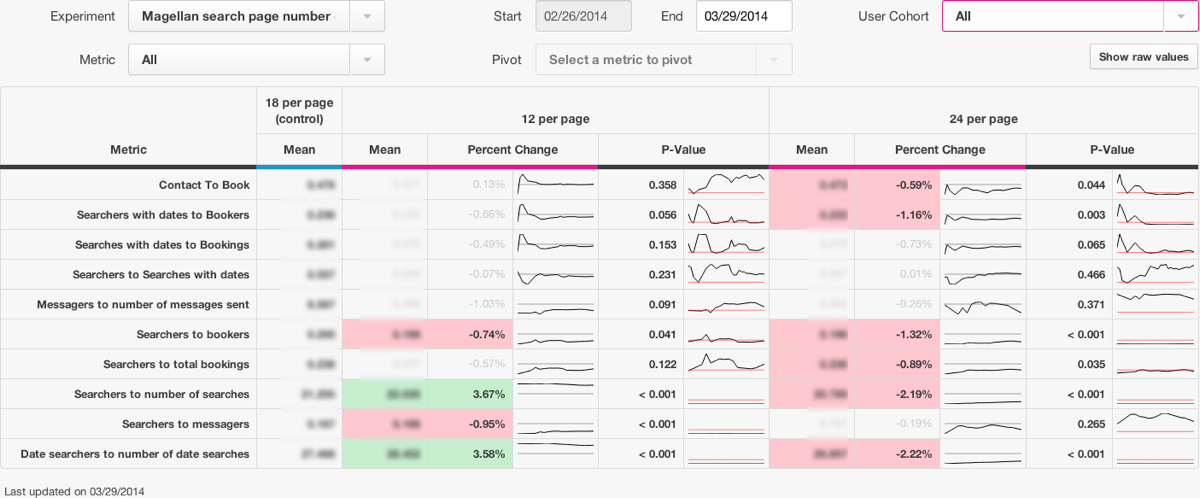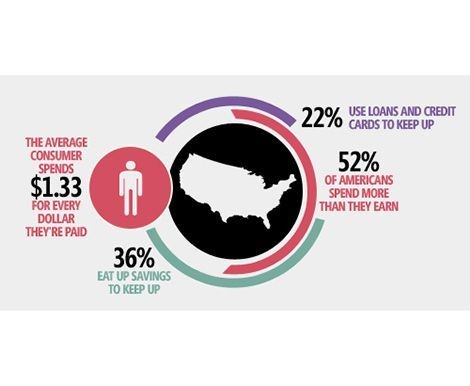Pitfalls of automated retirement plans
Post on: 9 Июнь, 2015 No Comment

Highlights
- A new law prompted many employers to automate their retirement plans.
- The typical initial default contribution rate is 3 percent — too low.
- Companies often choose target-date funds as default investment options.
These days, workers don’t have to do anything to start saving for retirement. Is retirement investing getting too easy?
Employers have increasingly added automation features to their retirement plans since the Pension Protection Act became law in 2006. The law’s provisions aim to boost the rate of plan participation by encouraging employers to automatically enroll new workers in their plans. And it makes it easier for companies to offer target-date funds as a default option.
Currently, about half of companies that offer defined contribution plans — mainly 401(k)s — offer automatic enrollment to their employees. And one-third of those that don’t are thinking of doing so, according to a survey by Towers Watson, an employee benefits consulting firm. Ibbotson Associates reports that assets in target-date funds hit $256 billion at the end of 2009, up 61 percent in one year.

It’s working. Automatic enrollment is boosting participation rates. And target-date funds, which are rebalanced periodically and become more conservative over time, can eliminate dangerous asset allocation errors made by investors, who often tend to stay overweight in riskier equities as retirement nears.
Another encouraging development is employers that introduce automation also tend to increase the matching contributions that they provide to workers — sometimes substantially, according to a study by the nonpartisan Employee Benefit Research Institute, or EBRI.
But if you’re in a plan offering automatic features, don’t assume you’ll reach your retirement goals without some manual intervention on your part.
Override the automated features
For example, most plans featuring automatic enrollment set their initial default contribution rates around 3 percent, according to a survey by Towers Watson. That’s not enough to build real retirement security. Research by Vanguard Center for Retirement Research suggests that most savers need a total contribution rate ranging from 9 percent to 14 percent — including employee and employer contributions — to achieve retirement security.
At minimum, employees should try to set their rates high enough to match the employer’s top matching contribution. Otherwise they are leaving free money on the table.
Another problem is that 23 percent of these automated plans default employees into risk-averse balanced funds, according to Towers Watson. Balanced funds generally hold at least 25 percent of their assets in fixed-income securities at all times, according to Morningstar.
Many believe that’s an inappropriate choice for young investors who have many years to work before retirement and can tolerate a more aggressive approach.
Automatic enrollment is a pretty good way to get people to start saving, but employers need to be careful how they do it, says Robyn Credico, senior retirement consultant at Towers Watson. If (companies) aren’t enrolling their employees at a high enough rate of savings and just use the plan’s default investment options, you aren’t really preparing people very well.














